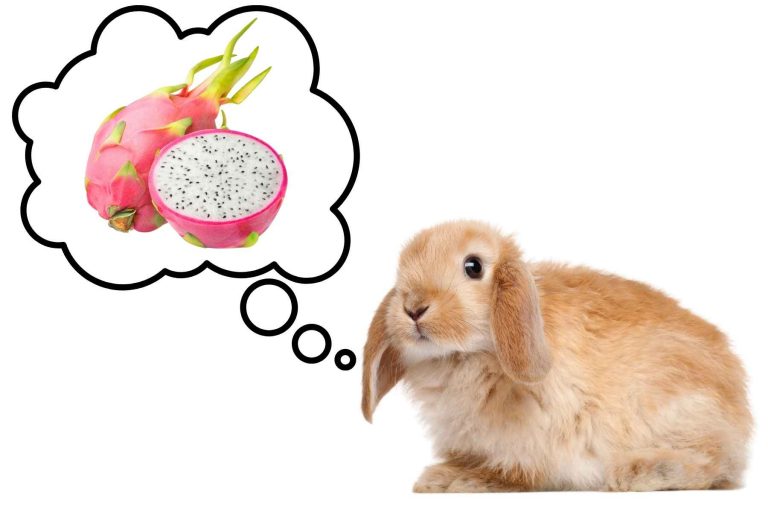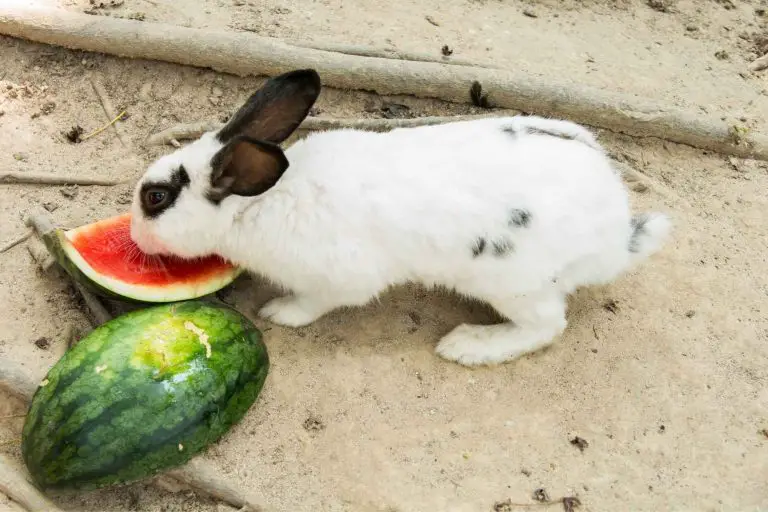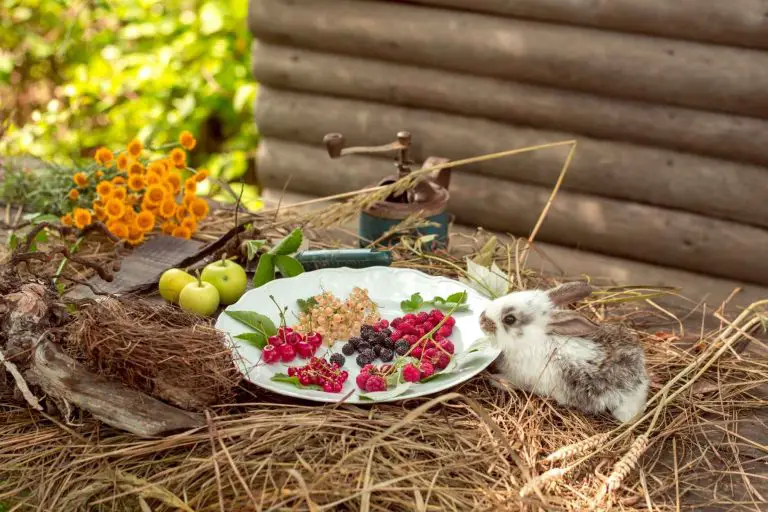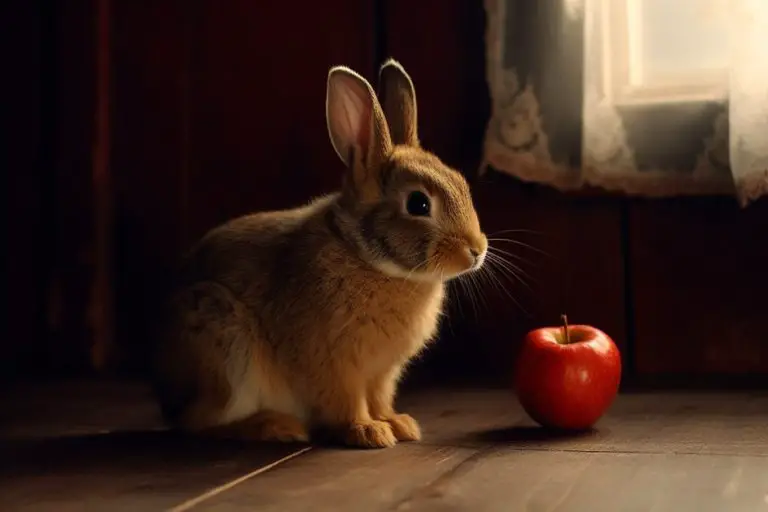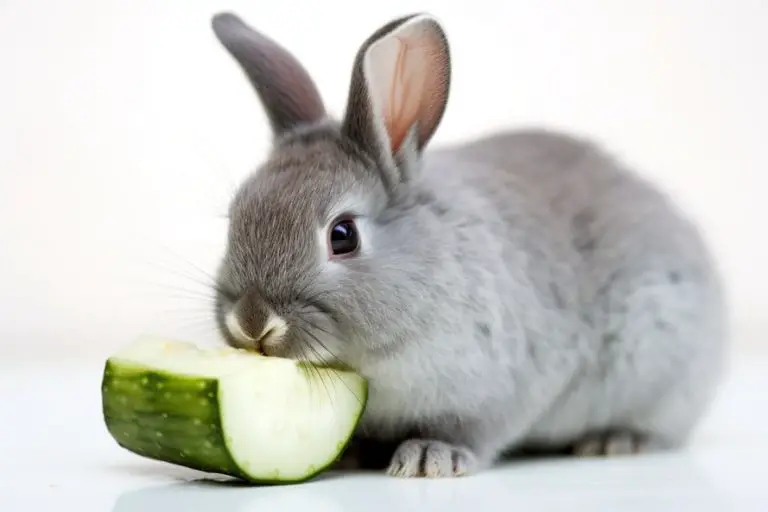How Long Do Rabbits Live As Pets?

Rabbits make awesome pets. They are friendly, smart, clean, and not to mention adorable. Ideally, rabbits need an appropriate habitat, a certain diet, plenty of exercise, and lots of snuggles to be happy and healthy.
If you do all these things, you can expect your rabbit to live his best life. But, how long do rabbits live as pets?
Depending on the breed and how well they are cared for, rabbits live between 5 to 8 years, but some can live as long as 12 years.
This article will explore the pet rabbit, its history, longevity, health, and what you can do to give your pet rabbit a wonderful life.
A Brief History of the Rabbit
Domesticated rabbits that we keep as pets as not the same as Thumper, the rabbit who lived in Bambie’s forest. The wild rabbits with the fuzzy white butts we see in our yard are different from those we keep as pets.
Though they may be different, they do share distant relatives. The Latin name for a pet rabbit is Oryctolagus cuniculus, and wild rabbits are referred to as Lepus sylvaticus.
Rabbits have long been used as food, but since the 1800s, they began becoming domesticated pets. Fast forward to the late 20th century, pet rabbits were commonplace in American homes. And their popularity as pets has only increased.
How Long Do Rabbits Live as Pets?
The lifespan of the pet rabbit depends on many things, such as breed, diet, habitat, and more.
Breed
Certain breeds of rabbits live longer than others. And like dogs, the smaller breeds of rabbits live longer than large breeds.
Breeds that live the longest include:
- Dwarf Lop
- Netherlands Dwarf Rabbit
- Dwarf Lionhead
- Holland Lop
- Mini English Angora
Some of the breeds that don’t share this longevity are:
- Continental Giant
- Flemish Giant
- Checkered Giant
- British Giant
- German Giant
- Belgia Giant
Habitat
Many people are mistaken about the rabbit and think it must spend its life in a cage like a hamster. But this is not true. Rabbits thrive on space and things to keep them stimulated.
Rabbits need a large area to roam around and would ideally prefer their own rooms. This could be a spare bedroom where the rabbit’s enclosure is kept, but at the same time, she has the freedom to move about.
If a rabbit doesn’t have that needed space, she most likely won’t live as long as those afforded more of an area to roam.
Rabbits also like a low-stress environment. If rabbits are easily disturbed by other pets or annoyed by small children, this can also shorten their life span. They don’t do well with stress and have been known to go into shock.
Diet
Just as your dog or cat would, rabbits have specific dietary needs. Their diets should be catered to them because if they are fed the wrong thing, this can shorten their lifespan.
A well-balanced diet for rabbits should include the right mixture of minerals, vitamins, and fiber. This includes food in the form of pellets, vegetables, and hay.
Treats and fruits can be given in moderation. A rabbit’s diet should have consistency as feeding just pellets from the store is not enough nutrition for a healthy diet.
Exercise and Toys
Rabbits need to be exercised daily to live a healthy life. They can not be kept in their hutch all day. They should have access to an exercise pen or a room in the house for at least four hours a day.
Toys and other enrichment tools will also keep your rabbit moving as well as keep her mind stimulated.
Cardboard boxes with holes in them make fun hiding places. Rabbits also enjoy tunnels or tubes they can go through safely. Some rabbits find mirrors interesting.
Wicker or seagrass mats, balls, and other toys offer enjoyment. Baby toys, such as rattles, stacking rings, and bird toys, are thoroughly enjoyed by pet rabbits.
What Are Some Things That Can Cut A Rabbit’s Lifespan Short?
Rabbits need to be seen by a veterinarian just as dogs and cats do. Several things can shorten their lifespan or even cause their death if not treated.
Myxomatosis
Myxomatosis is a poxvirus that affects rabbits. Signs of infection include swollen eyes and lips. There is also a puffiness around the ears and genitals. In only a day or so, the swelling around the eyes can cause blindness.
Myxomatosis is usually spread through mosquitoes or fleas. It is also transmitted to other rabbits through close contact, especially around the eyes and nose.
Unfortunately, most rabbits affected with Myxomatosis die within a few days of getting sick.
Calicivirus
Calicivirus or Rabbit Hemorrhagic Disease is a virus that attacks the intestines and liver. Sadly most rabbits won’t show any signs before it is too late. Sometimes, lethargy, fever, and a loss of appetite may be seen, but it is usually too late, as there is no treatment, and it is almost always fatal.
Calicivirus is spread through food and the droppings and secretions of infected rabbits. It can also be spread through shared equipment such as bedding and through insects and rodents.
Dental Problems
Rabbits have open-rooted teeth, meaning they continue to grow like fingernails. Rabbit’s upper and lower teeth must meet so the tooth’s surface can wear properly. However, problems do arise when the teeth don’t meet appropriately. This is called Malocclusion.
If parts of the teeth are overgrown, sharp pieces may cut the mouth and tongue. If molars get overgrown, they can prevent the front of the mouth from closing properly, causing the incisors not to wear down and become overgrown themselves.
This can be very painful to rabbits as sores and abscesses can easily develop, along with difficulty eating, pawing at the mouth, and weight loss.
Ear and Skin Mites
Rabbits are prone to mite infestation, primarily in the ears. Symptoms include scaly skin, crusted lesions, hair loss, and a thick fluid leaking from the ear canal.
While ear mites are not an emergency, open lesions can become infected if not treated. It can also cause hearing and balance issues.
Rabbits with ear mites may be scratching behind the ear and neck or shaking their head.
Flystrike
More common in warm weather, flystrike, is caused by the green bottle fly. The fly is attracted to areas that are damp with feces or urine. Flys will then lay their eggs, which hatch into maggots within hours.
The larvae survive by feeding on the flesh of the rabbit. Flystrike needs to be treated right away.
Heat Intolerance
Rabbits do not do well in extreme heat and can suffer heat stress if temperatures rise above 80 degrees. Their enclosure should never be placed in direct sunlight, especially in the summer. It may be too warm for them, even in shaded areas.
Heat stress can happen quickly, so if you think your rabbit’s enclosure is too hot, a frozen water bottle in the nesting area is a great way for the animal to cool down.
If your rabbit’s enclosure is indoors and you don’t have air conditioning, place her habitat in front of an open window and near a fan.
Rabbits suffering from heat stress will show the following signs:
- Convulsions
- Acting uncoordinated
- Weakness
- Coma
Heat stress is an emergency, and you need to get to a veterinarian right away. You can also place your rabbit in tepid water or wrap her in a cool, wet towel while on the way to the animal hospital.
What Can I Do to Help My Rabbit Live Longer?
You can do several things to help your rabbit live a long, happy life.
Watch Her Diet
Rabbits need a diet high in fiber for their bodies and their teeth. They need access to fresh hay at all times and clean, fresh water.
Fresh veggies for rabbits include broccoli, cabbage, celery, and lettuce. They need to be included in your rabbit’s diet every day. A few tablespoons of commercial rabbit pellets a day are also required.
Monitor your rabbit’s intake of high sugar foods such as carrots and fruit.
Give Her Proper Housing
Your rabbit’s enclosure should be safe from other pets and predators and needs to be in a place that is not too hot. Her hutch should be waterproof, with a dark and dry area for her to rest.
Fresh hay should be provided, and there should be a separate area for toileting with proper ventilation. Soiled bedding should be removed daily to prevent skin infections and pest infestation.
Hutches should be at least four times the length of your rabbit stretched out and two times as wide. She should also have plenty of opportunities to roam during the day or be given her own space to do so.
Be Her Friend
Rabbits are used to living in groups, but if you don’t have more than one rabbit, that will fall on you. They need companionship and love. They love to snuggle and be around their people and get lonely easily.
Providing enrichment toys can ease her loneliness when she’s not with you.


